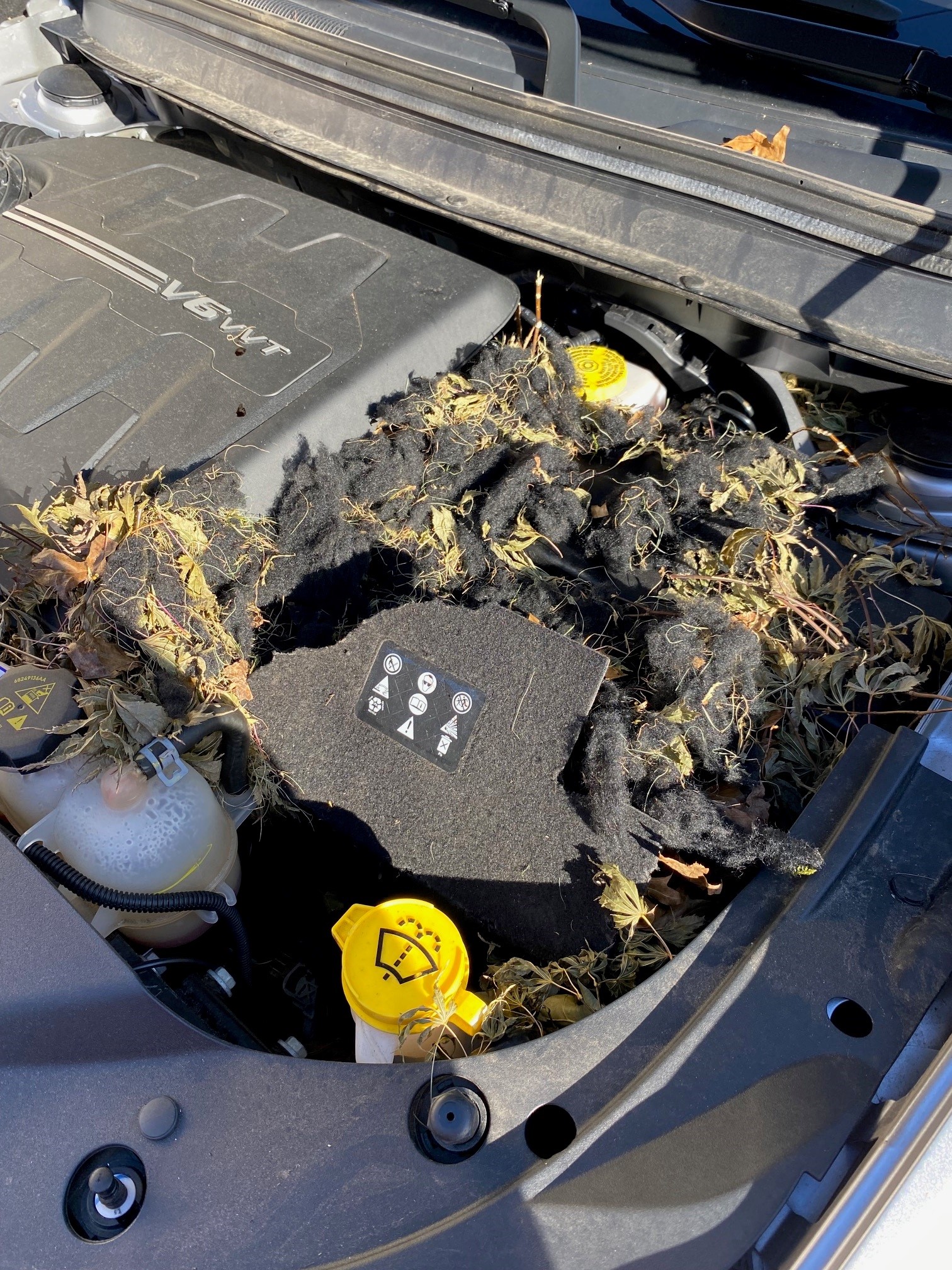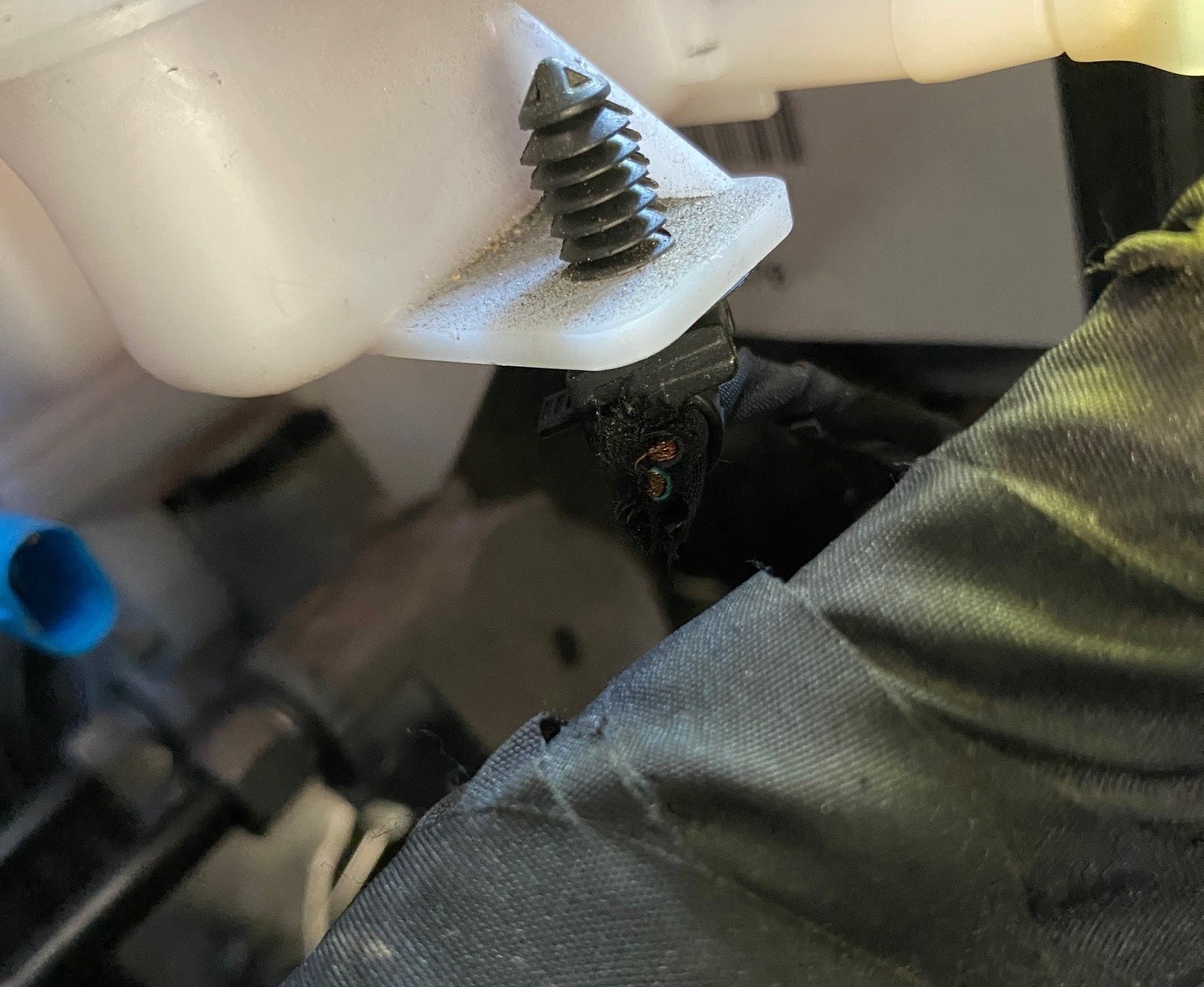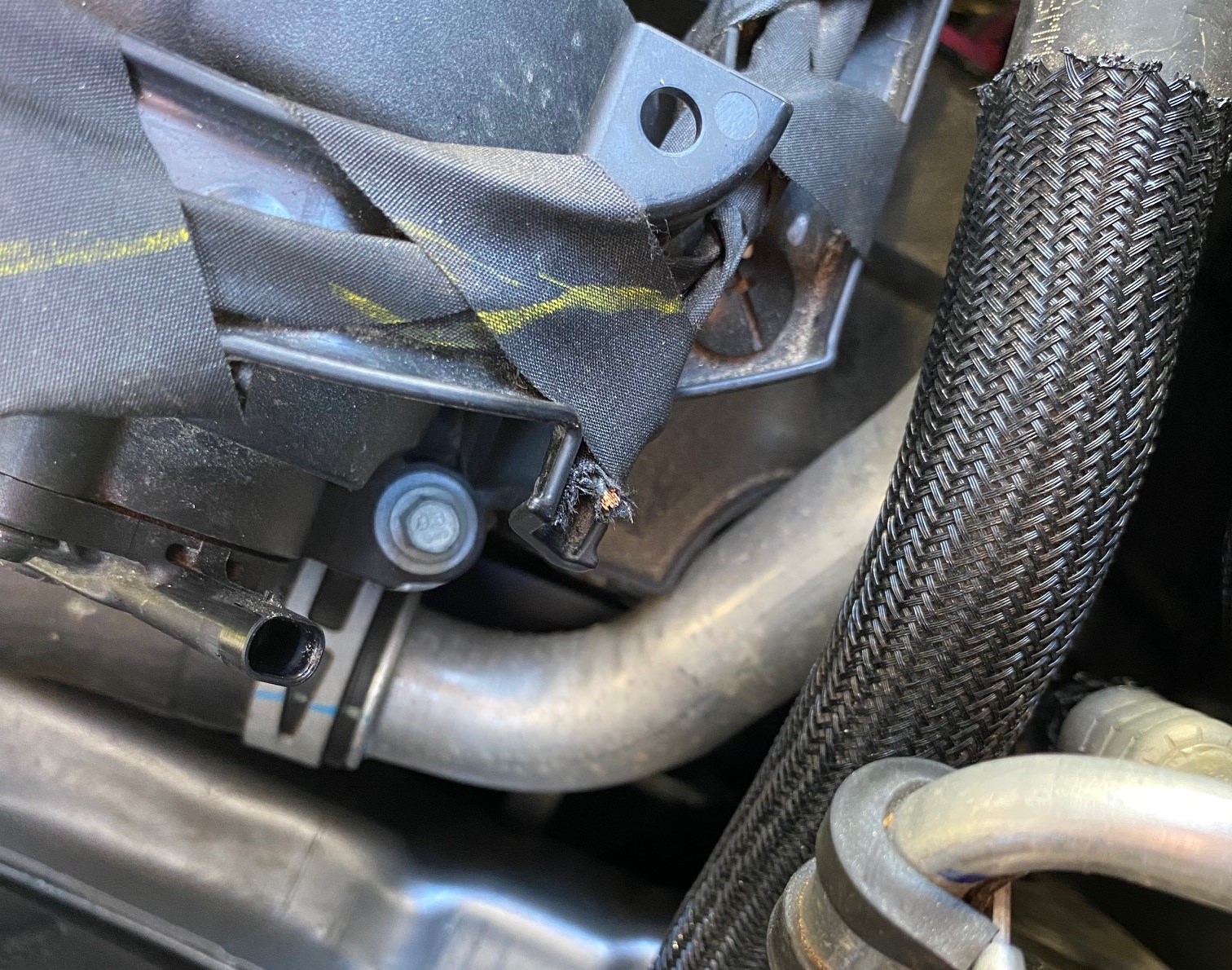The computerized vehicle diagnostic system, often referred to as an On-Board Diagnostics (OBD) system, is a sophisticated piece of technology that plays a crucial role in maintaining the health of your vehicle. In this month’s blog, we discuss how the OBD may not always pinpoint the source of your vehicle’s problem without further exploration by a trained service professional.
How does the OBD system work?
The OBD system works by continuously receiving and analyzing data from various sensors located throughout the vehicle. These sensors measure everything from engine temperature to oxygen levels in the exhaust gases.
When you connect an OBD scanner to your vehicle (usually via a port under the dashboard), you can access these trouble codes. Each code corresponds to a specific problem, which can then be diagnosed and fixed by a service professional.
Are the OBD codes always accurate?
When a vehicle’s computer reports a problem, it is common for drivers to assume that the computer has identified the faulty component and that replacing it will fix the issue. However, this is not always the case.
Often, there is a reason for the code that is not the result of a component failure. For example, if a vehicle has a bad thermostat, it may trigger a code for a coolant sensor out of range. The computer expects a certain signal after a few minutes of running time, which it may not receive because the engine failed to reach operating temperature. Similarly, if an engine stalls, the crank position sensor may report a loss of speed signal. However, the crank sensor is reporting the fact that the engine stopped running and changing that sensor would not fix the stalling.
Verifying OBD readings
Because the OBD readings may not always pinpoint the problem, it is important to perform a thorough diagnosis before replacing any components. A visual inspection can help identify any obvious issues. If nothing is apparent, further testing may be required to determine the exact reason for the check engine light, or malfunction indicator light (MIL).
For instance, if you get a code for loss of signal from the camshaft actuator, it is important to perform a visual inspection and fault memory read before replacing any components. In some cases, small rodents may have moved in under the hood of your car and eaten all sorts of stuff causing issues with your car.
See the photos below of a recent example where the diagnostic did not tell the entire story.



The pictures show an example of a recent camshaft indicator error that turned out to be damage from rodents.
To ensure that your vehicle is properly serviced, it is important not to jump to conclusions when your vehicle’s computer reports an issue. Instead, take your car to an experienced technician who can perform a thorough diagnosis and recommend appropriate testing to determine the exact reason for the MIL.
If you would like to have your vehicle inspected for possible issues, contact the service professionals at Shade Tree Garage to schedule an appointment.

